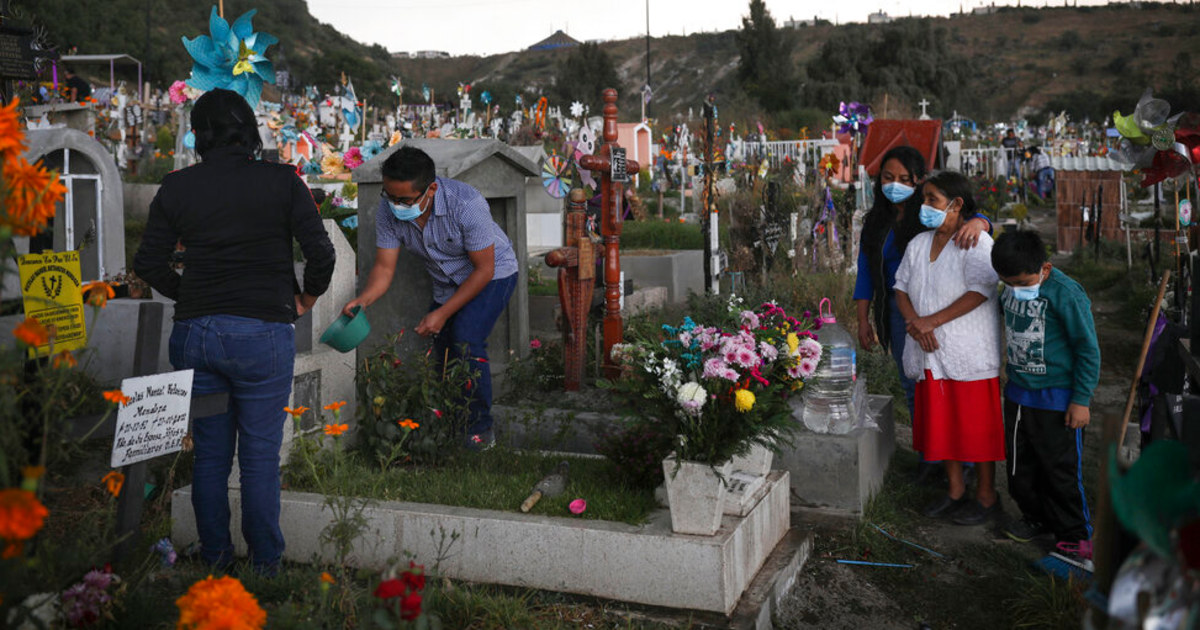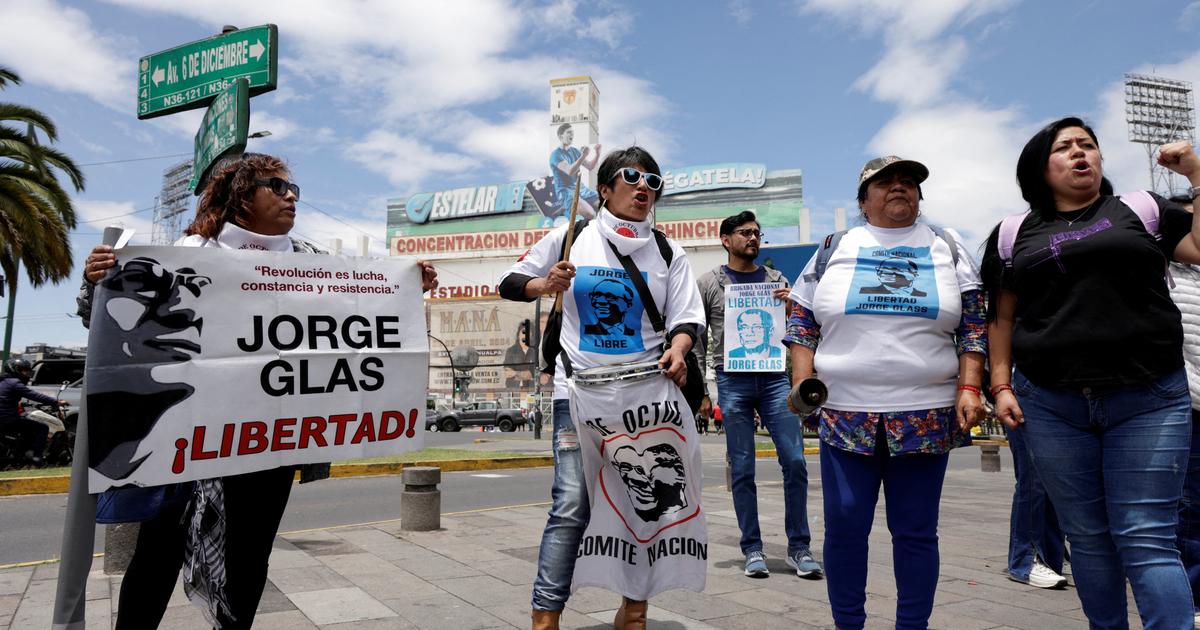By
Efe
Although Mexico is strongly influenced by American culture, the Day of the Dead holiday has endured and coexisted with the celebration of Halloween.
At first it was thought that they were not related, since Halloween was a pagan festival and the Day of the Dead a day doomed to nostalgia, to those who are not.
That is why before it was reproached that one celebration supplanted another.
[The disputed origin of the Great Day of the Dead parade in Mexico City]
But globalization and the cinema, with films like
Specter
and
Coco
, have managed to redefine the Day of the Dead and
today cultural elements of both festivities are mixed.
The Day of the Dead, which is celebrated on November 1 and 2, is one of the most significant Mexican traditions, where the living prepare to receive their dead and live with them.
Relatives attend the grave of a relative in preparations for the Day of the Dead celebrations, at the Valle de Chalco municipal cemetery on the outskirts of Mexico City, Thursday, Oct. 28, 2021. Emilio Espejel / AP
Origin
The origins of this tradition, considered since 2003 by UNESCO as the oral and intangible heritage of humanity, predate the arrival of the Spanish.
For the ancient Mexicans, death was the
beginning of a journey to Mictlán,
that is, the kingdom of the dead or the underworld, and it did not have the moral connotation of the Catholic religion, in which the idea of hell or paradise means punishment or prize.
[The exhibition 'Las calaveras de Frida' opens the Day of the Dead celebrations in Mexico]
The ancient Mexicans believed that the destiny of the soul of the deceased was determined by the type of death he had had and his behavior in life.
Alejo Montoya walks to the grave of a relative, prior to the Day of the Dead celebrations, in the Valle de Chalco municipal cemetery, on the outskirts of Mexico City, on Thursday, October 28, 2021. Emilio Espejel / AP
During pre-Hispanic times, this festival was commemorated in the ninth month of the solar calendar, which began in August and lasted 30 days.
With the arrival of the Spanish, the party became mestizo and added new Catholic elements and meanings.
The flower cross is the most significant of these elements.
The 1st is All Saints 'Day and the 2nd is All Souls' Day.
People pray and in some areas of the country they spend the night in the pantheons.
At the end of the celebration, all the dishes and drinks of the offering are tasted.
Marcelo Romero, left, and Mrs. Concepción Romero give the last details to an offering for their relatives who died from COVID-19, on October 29, 2021, in Mexico City (Mexico) .Mario Guzmán / EFE
There are those who start the festivities on October 28, when they remember those who lost their lives in a violent way.
While on October 30 and 31 children are honored, especially those who died without being baptized.
The altar
The altar of the dead is a fundamental element in this celebration.
It is believed that
the spirit of the deceased returns from the world of the dead
to live with the family that day and taste the food of the offering.
On a social level, Mexicans express it in a fun way through small rhymes called 'calaveritas' where they mockingly speak of various characters and their death.
The offering of María del Carmen López to her relatives who died from COVID-19, on October 28, 2021, in Mexico City.Sáshenka Gutiérrez / EFE
The offerings contain elements that invite the spirit of the deceased to travel from the world of the dead to that of the living: images of the deceased, crosses, copal, papel picado, candles and candles, water, flowers, food, bread, skulls and drinks.
Road to Mictlán
The cempasúchil, a plant native to Mexico and Central America that is used as an ornament in offerings and altars,
marks the path that the dead must travel
during the visit they make these days because it is supposed to keep the heat of the sun and its aroma. call.
A woman harvests marigolds to be used during the Day of the Dead celebrations in Mexico at the San Luis Tlaxialtemalco nursery in Xochimilco, Mexico City, on October 28, 2021. EDGARD GARRIDO / REUTERS
In addition to the dead and the gods, another common character is the dog, who according to tradition helped in Mictlán to find the dead the way to their final destination.
In the 20th century,
the Catrina
, the skull woman created by the engraver José Guadalupe Posada, and the alebrijes, a craft made of cardboard and with vibrant colors that represent fantastic animals, were added.
A woman painted as Catrina attends an event on Friday in Bogotá, Colombia.Carlos Ortega / EFE
In 2020, the coronavirus pandemic forced this holiday to be held in a hybrid way: in some they were kept open, in others, visits were suspended or the number of attendees was restricted.
This year, with 29 out of 32 entities on low-risk traffic lights,
cemeteries are expected to have the same influx before COVID-19.





/cloudfront-eu-central-1.images.arcpublishing.com/prisa/YN4MRM7UHBL6VODMTYLU3BLMFY.jpg)

/cloudfront-eu-central-1.images.arcpublishing.com/prisa/JSBXGCWQ5ATVZFAZSCX4AEY2N4.jpg)

